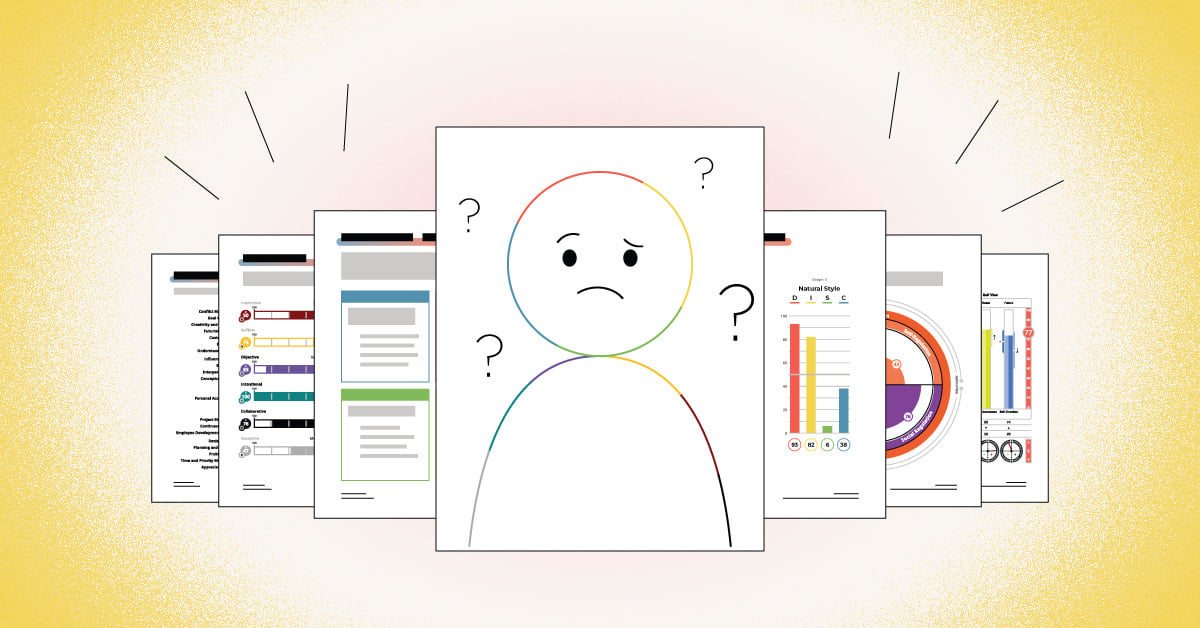
Unfortunately, one thing that hasn’t changed is that training dollars are often wasted on providing the wrong type of training, at the wrong time, to the wrong employees.
In spite of organizations needing to be budget conscious and get their greatest return on investment training dollars, there is still a high level of employee education that misses the mark and is delivered to simply “check a box.” To achieve solid employee engagement, employees need to know where their skills are strong and where there is an opportunity for growth.Employees need to be dialed into “What’s in it for Me?” (WIIFM): the value and the connectivity of how specific skills are going to improve their performance, make their life more enjoyable, and reduce frustration from gaps in skill or knowledge. Helping employees to connect the dots on how training and education will impact them personally will create deeper levels of engagement to the training and to ultimately the organization. This is often the missing piece that challenges education sustainability, application, and true professional development.
Organizations that “get” the importance of looking at training and education from their employees’ perspective stand the greatest chance of building and sustaining an environmental culture where employees are motivated to succeed, excel in performance, and ultimately achieve their career goals. When you provide your dedicated employees the opportunity to bring their full self to work and achieve their dreams for success they, in turn, will be inspired to bring out the best of your organization.
That’s where the effective use of assessments comes into play. Managers, Human Resource Professionals, and individual employees do not always know what training is needed. Using assessments that evaluate such things as professional skills, Behaviors (DISC), and emotional intelligence (EQ) will enable better matching of the education delivered to individual needs. We use assessments in almost all of our training educational programs. It helps the individual participant focus in on their reality: Where are they today? Where do they want or need to be tomorrow? How do they create an action plan that (now knowing what they know) can get them from here to there? People are complex. It requires an objective perspective to know where to start to reach a desired destination. Without this knowledge, it is difficult to put a plan in place or to know how to achieve the greatest impact.
I was once brought into a company because the CEO wanted to create a “fun” organization. He wanted the employees to enjoy their working life and make sure that they felt fulfilled and rewarded at the end of the day. I had requested to survey the employees to see what was important to them in a “fun” organization and to use this knowledge to develop a plan and implement an effective strategy. Unfortunately, the CEO chose to go on what he believed would create a fun and engaged environment. He built a large game room with all of the latest gadgets and activities, thinking that everyone would rush into the room and have FUN! WOW! POW! WHAM!
Several weeks after the ribbon was cut, I got a call from the CEO who shared with me that nothing changed, no one was using the room, and the organization was not fun. In spite of my desire to say those magic words, “I told you so, ” I opted to suggest that we go back to assess the situation and learn about the WIIFM for the employees and what “engagement” meant to them. It uncovered a quite different story. Employees want:
- To feel valued and that they are recognized for a job well done.
- To make a difference for others
- To have the opportunity to learn and grow through education and experiences
- To have good balance among their professional and personal responsibilities
- To be included and to be able to be appreciated for diverse thought, and
- At the end of the day, feel satisfied, fulfilled, and to enjoy what they do.
Yes, everyone likes a good game of air hockey or pinball from time to time. But true engagement requires that organizations take the time to assess what’s important first.


